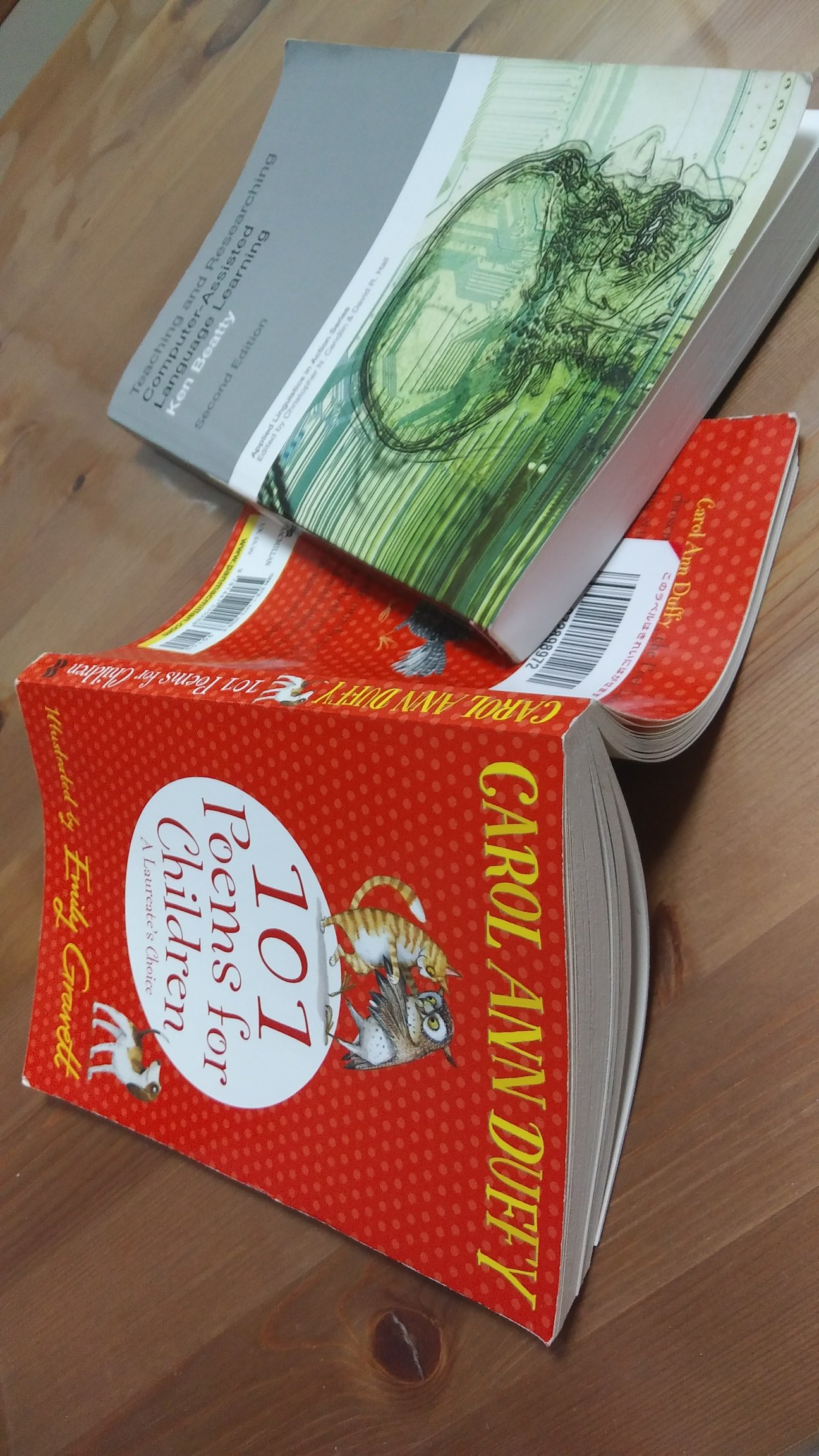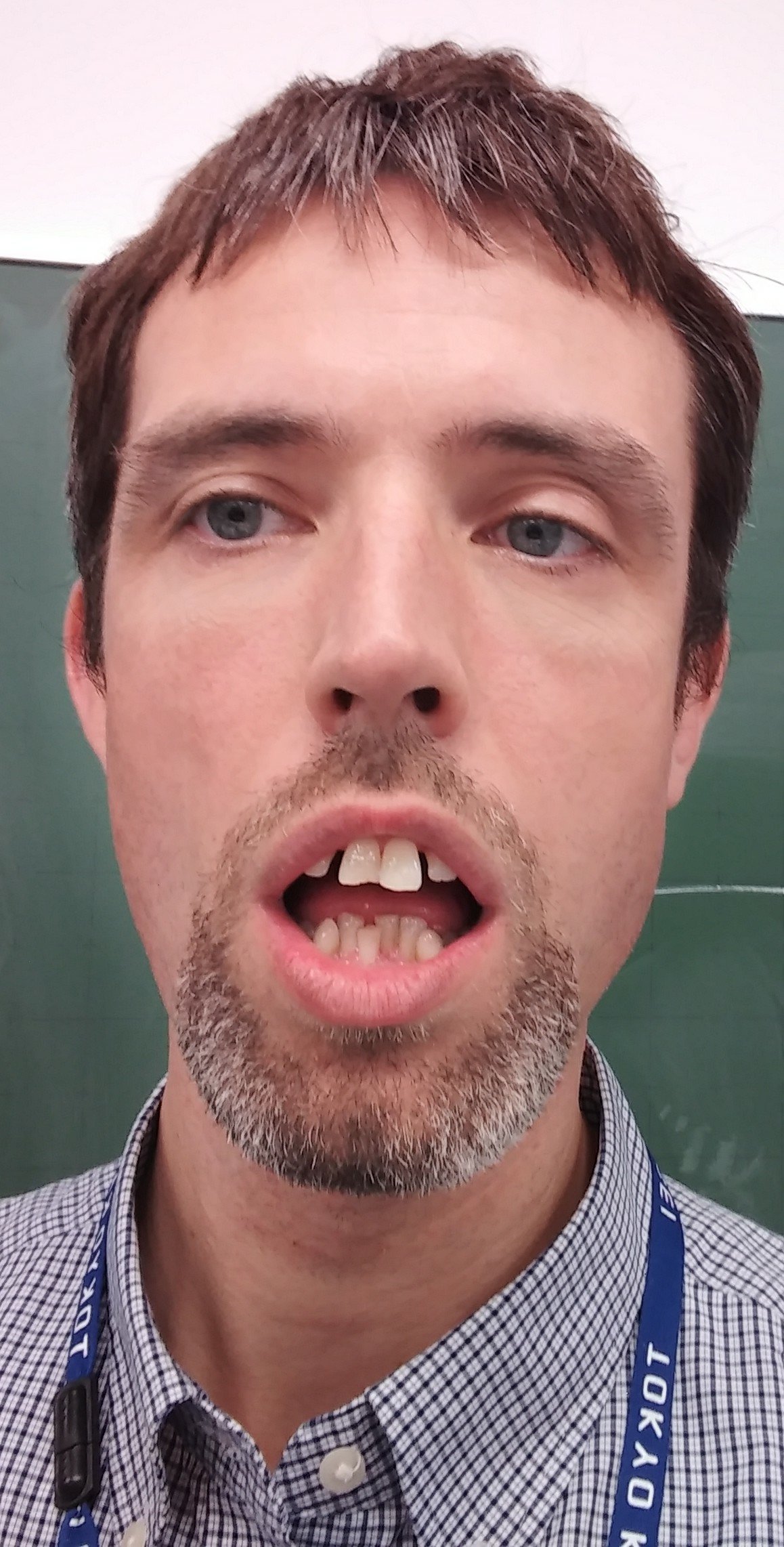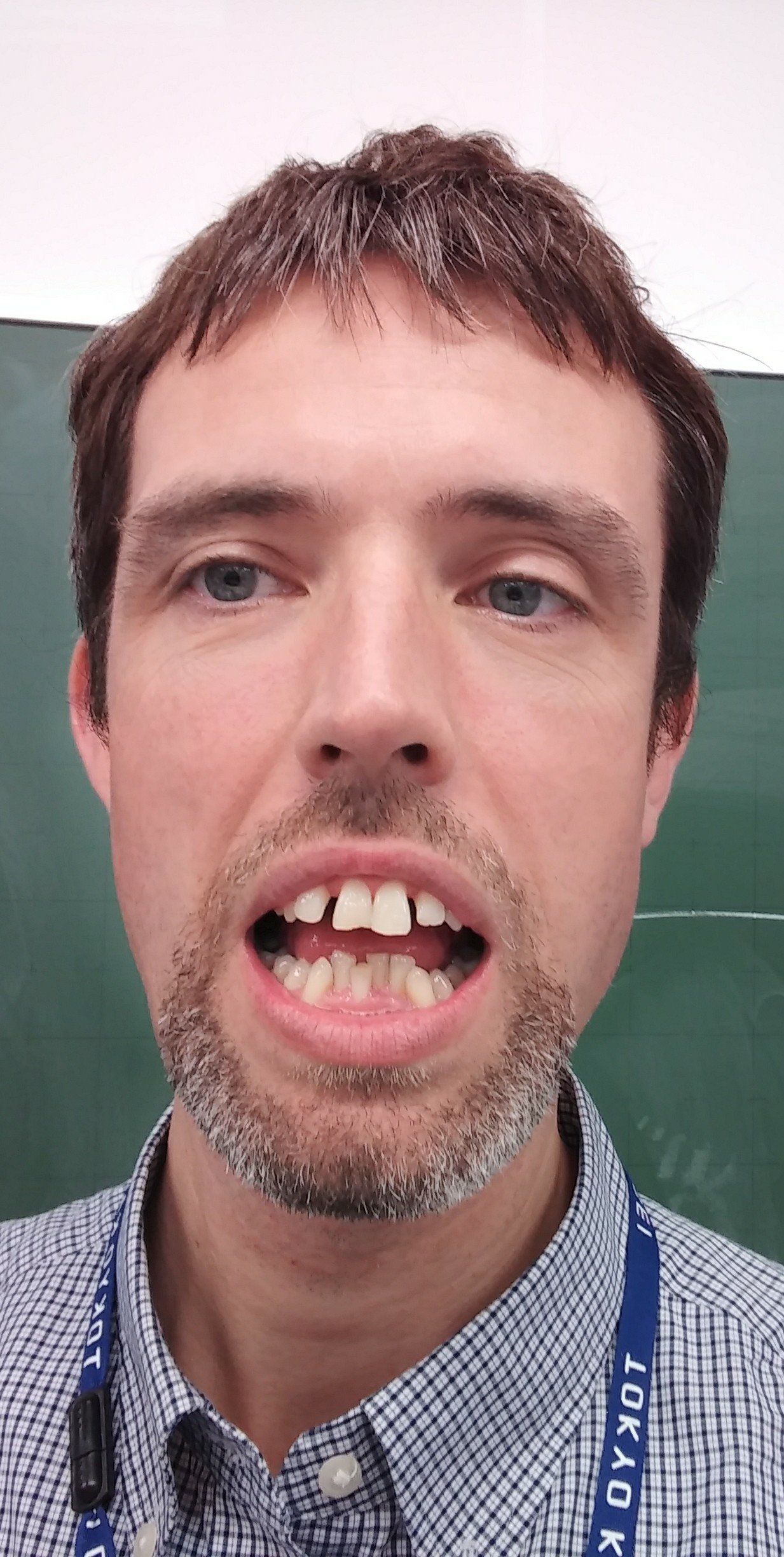Regular readers know that I am a big advocate of Task-Based Language Teaching. In this video Dr. Rod Ellis discusses some of the problems/issues/misconceptions in TBLT. One of my favourite parts is task complexity, another is teacher education, though the latter is rushed through much more than it ought to be.
If you like this video, or just don’t have an hour to spend on it (which is a shame), you can have a look at my previous post on how to actually do task-based teaching, which is a rough and dirty guide.
Month: August 2017
Shoe on the other foot

I’m no longer absolutely strapped for time so I’m back in ‘I am actively learning Japanese’ mode. There’s a standardised test in December that would be kind of useful to have for jobhunting and stuff. It would also be nice to know I’m being sort of clear.
I’m also taking all of my own advice. I am using monolingual dictionaries (because it’s appropriate to my level), using corpora, reading books again, and listening to radio programmes. I am also taking notes and looking at them.
No lessons. At least not yet. I don’t want to be *that* picky student but I wonder if I would be. I might call up my old Japanese teacher for a crash course before the school term starts again. I just hope that I don’t end up being annoying.
Stats analysis for research
Huh? Marc, the blog title is Freelance Teacher Self Development, not High Faluting Would-Be Academic Development!
OK, OK, I get it, really. But what about your CV that has no research on it since graduation and you’re looking for jobs constantly, what with being freelance or serial part time? See, it would be good. Perhaps. If you have time.
So, SPSS – expensive to buy yourself, and a pain in the arse to install cleanly in Windows 10 (from my experience). What can you do?
Well, there’s JASP, a nice but of software from the Netherlands. It has the look of Excel but with bits on the top that do stats magic. You can do ANCOVA and ANOVA analyses (comparing populations, i.e. experimental group and control group), and t-tests (analysing a population, I think but I dropped psychology at university, so quite likely I could be wrong) and regression analyses and make correlation matrices (compare two sets of values; in my case I compared scores for top-down listening teaching with scores for bottom-up listening teaching). I did the last one for my dissertation and it was kind of easy.
One word of warning – keep your data clean. The column heads are heads, below that is data – don’t do averages and standard deviation calculations at the bottom of your columns or JASP won’t read it properly.
You need: data as a .csv file (which Excel and Google Sheets can both make).
Choose the data to analyse. JASP will tabulate or plot it and you can copy and paste it, or output to HTML. It’s not super full of features, it’s a bit experimental apparently, but instead of buying SPSS you can buy coffee, beer, children’s shoes, or whatever you fancy.
And I promise the next post won’t be about stats software!
A sum up and an invitation

It’s been a good long while since I started this blog and in the meantime I have finished a Trinity DipTESOL and am close to finishing a MA Applied Linguistics & TESOL with Portsmouth University. My Dip was great for the phonology stuff I picked up, and OK for teaching practice (Trinity don’t let you use strong CLT approaches like Dogme or Task-Based Language Teaching with a Focus on Form. You are supposed to teach discrete language points). My MA has been great for access to ideas I might never have come across and, well, library access.
But next steps, Marc? Isn’t the title of this blog Freelance Teacher Self Development? It is. And there will be self-driven development. There are irons in fires and action research projects to fire up.
I have some bits and bobs to send to journals, but I think it would be kind of interesting and perhaps useful for the field of language teaching to have a bit of teacher-based research for teachers, on the internet, gates open, widely participated in. I know peer-review is all the rage, but I think that if we make our mistakes in the open, people can see the limitations of what gets done as well as any merits, and so it’s less a case of the Emperor’s New Clothes but more that jumper that was under some others at the back of the drawer. It’s not something everyone would necessarily be all ‘Wow! Amazing!’ about but perhaps ‘I don’t know if this would work in my setting but nobody would die if anything ended up disappointing me.’ I am a born salesman, I know.
So, here’s the bit I am kind of thinking about: after logging five random lessons starting in October 2017 with the same class, did you teach intonation? Why (not)? If so, how (explanation of method, explicit, differentiated or whole class, etc.) Blog your stuff and we can make it big.
Marc, why intonation?
I like phonology a lot and I’m just finishing something that I needed to think about lot of segmental phonology so suprasegmental is almost a break.
Marc, I want to do something about something else.
That would be fantastic. Let me know because I would be super interested in reading about it.
This is such a stupid idea. People don’t have time.
Maybe. How about people who have the time and want to do it, do it?
Anyway, hit me up in the comments.
Using Photos of Yourself to Teach Vowel Quality
Happy Summer people. I’m procrastinating massively despite a massive marking pile and a dissertation to finish. This was something that came up as a bit of Focus on Form (reactive, explicit language work).
In Japanese /æ/ and /ʌ/ are basically allophonic. They are the same sound to my learners. They hear no difference. I’m too far from the original mistake through overused /æ/ but I had problems getting my students to see the difference between the two phonemes. Having the luxury of a phone, a computer and a projector…

/ʌ/

/æ/
A gormless face is optional. This could also work for /ɪ/ and /iː/, and /ʊ/ and /uː/.
Anyway, just an idea.